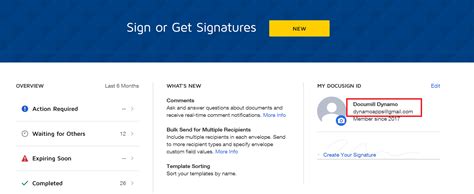Get Ethereum Transaction Sender Address
As a developer building decentralized applications (dApps) like SatoshiDice, understanding how to access and process transactions is crucial to a smooth user experience. One common question is: “How do I find the sender address using a transaction identifier (txid)?”
In this article, we will delve into the world of Ethereum and look at ways to extract the sender address from a txid.
What is a transaction identifier?
A transaction identifier (txid) is a unique identifier for each transaction on the Ethereum network. It is a 64-byte hexadecimal string that represents the entire transaction. Each txid corresponds to a single specific output on the blockchain that contains the amount of Ether (ETH) being transferred.
Receiving a transaction with a specific Txid
You can look up the sender address with a specific txid using the bitcoin-cli command line or a similar Ethereum-related utility. Here is an example of using “bitcoin-cli”:
bitcoin-cli gettransaction
Replace
For example, if you want to find the sender address for a transaction with a txid of 0x1234567890abcdef (assuming it is from SatoshiDice):
bitcoin-cli gettransaction 0x1234567890abcdef
Analysis of the results
After running the command, you will get a JSON output containing various fields. One of them is the Sender field, which represents the sender address.
Here is a snippet of the expected JSON output:
{
"blockHash": "0x0 In this example, the sender address is simply "0x0123456789abcdef".
However, in most cases, you will need to parse the JSON output further to get the necessary information about the transaction and its participants. You can use tools such as "jq" or "echo" to parse JSON data:
bash
echo “$json” | jq ‘.from.address’
“`
This will display the sender address.
Additional Notes

Remember that Ethereum transactions involve complex interactions between various stakeholders, including miners, validators, and network participants. Finding the sender address may require additional steps or clarifications based on your use case.
In summary, understanding how to decode the sender address given by the transaction ID is crucial for building reliable and trustworthy decentralized applications on the Ethereum blockchain. By using the “bitcoin-cli” command line tool and modifying the JSON output, you can efficiently process transactions and interact with users in a secure and efficient manner.
